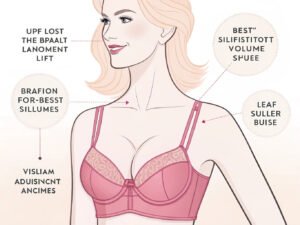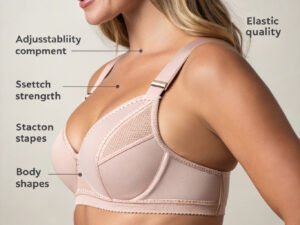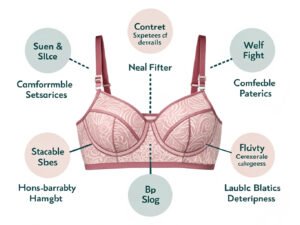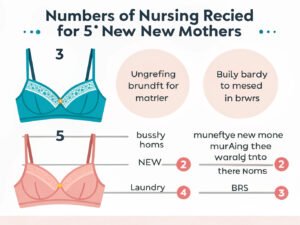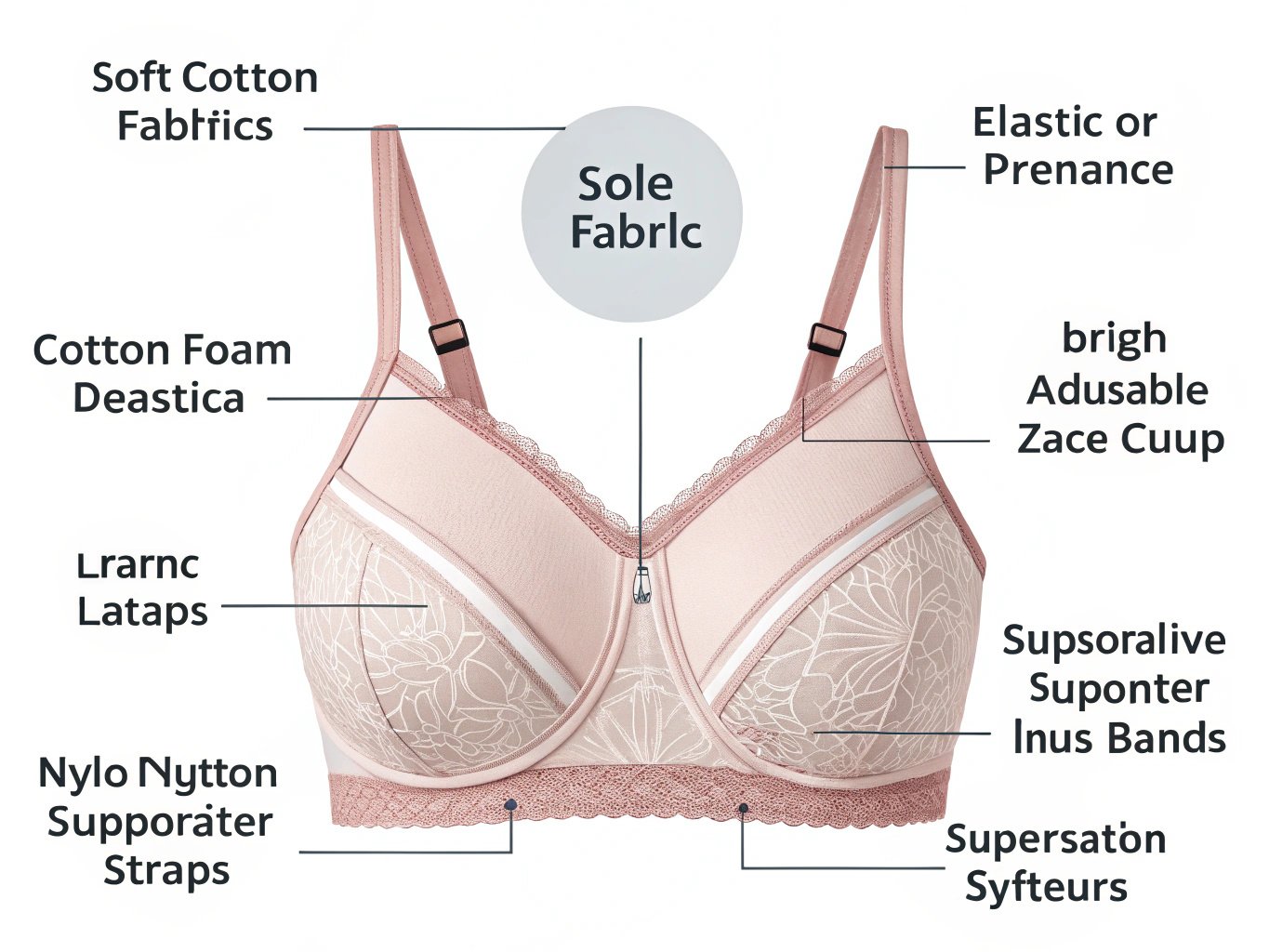
Choosing the right fabric for different parts of a bra is crucial for comfort, durability, and support. But what are the best materials for each section of the bra?
Bra materials are carefully selected for different components, including the cups, straps, and bands, to provide optimal comfort, support, and flexibility. The cups often feature soft, breathable fabrics like cotton, foam, or lace to ensure comfort while providing structure and shaping. Straps are typically made from elastic or spandex to offer flexibility and adjustability, ensuring a secure fit without digging into the skin. The bands are designed with sturdy materials such as nylon or polyester to provide strong support and prevent slipping. By using a combination of these specialized materials, bras are able to meet the diverse needs of different body types, offering a balance of comfort, functionality, and style.
Transition: The materials chosen for each part of the bra play a significant role in its fit, feel, and function. Continue reading to discover which fabrics are best suited for different bra components and how they impact your choice of bra.
✔
Padding in bras improves shape and lift, making them a popular option for support, adding volume, and enhancing cleavage, while also providing comfort and confidence.
✖
Lace can be soft and breathable when used in bra designs, making it comfortable for daily wear. Many lace bras are designed with comfort in mind, offering a blend of beauty and practicality.
Materials for Bra Cups
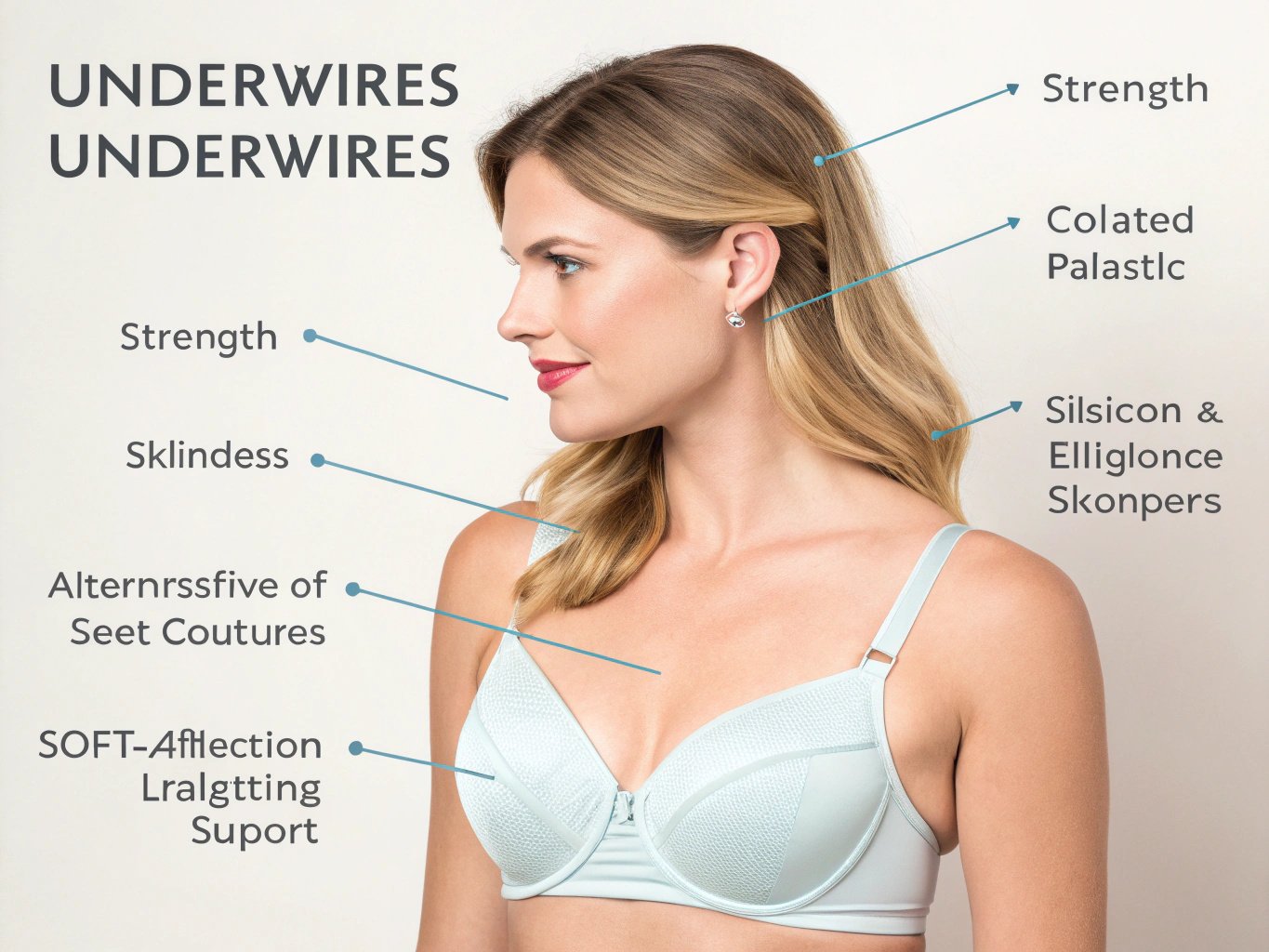
The cups of a bra are arguably the most important part when it comes to providing support and shape. The materials used here are selected not just for their softness, but also for their ability to hold the breast in place, enhance comfort, and create the desired shape.
Cotton is a widely used fabric for soft-cup bras. It is breathable, hypoallergenic, and comfortable for daily wear. Cotton offers a natural feel and is gentle on the skin, making it a great choice for women with sensitive skin. On the other hand, silk is a more luxurious option. It provides a smooth, elegant finish and feels incredibly soft, which makes it perfect for special occasions or lingerie.
However, cotton and silk are not always the most supportive materials. For added support and shaping, fabrics like polyester, spandex blends, and foam are used. Polyester and spandex blends, in particular, provide elasticity, which helps the bra maintain its shape and fit. Foam, often used in molded and push-up bras, adds structure while providing a smooth, rounded silhouette. Lace, while typically used for decorative purposes, is sometimes layered over more supportive fabrics to give a delicate yet functional look.
Materials for Bra Bands
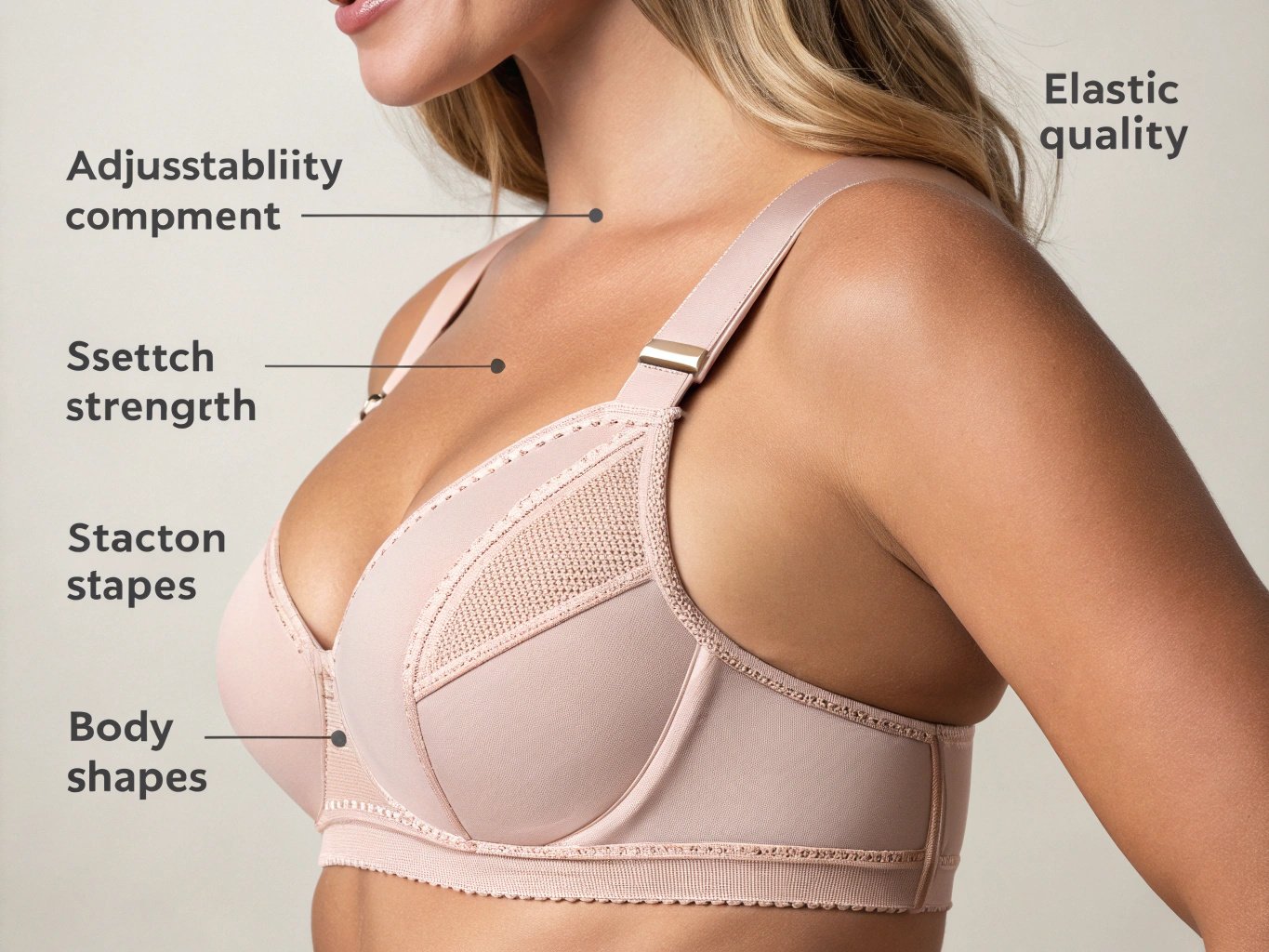
The band is one of the most crucial components of a bra as it provides the primary support. The right band material needs to be durable, stretchy, and strong enough to hold the bra in place. Elastic is the most commonly used fabric for the band, as it offers flexibility and ensures a firm yet comfortable fit. Elastic also allows the band to stretch and adjust, making the bra versatile for different body shapes and sizes.
While elastic is the go-to material, it is often blended with other fabrics like cotton or spandex for added comfort. Cotton blends help to soften the material and make it more breathable, which is especially useful for everyday bras. Nylon and spandex blends are also popular as they offer excellent stretch and help the band maintain its shape over time.
Another material often used for the band is power mesh. This lightweight, breathable fabric is designed to provide extra support without sacrificing comfort. Power mesh is commonly used in sports bras and bras with more structured designs, as it helps to keep the bra firmly in place during physical activity.
Materials for Bra Straps
Bra straps are designed to support the weight of the breasts and help keep the bra in place. The materials used for straps must be both strong and flexible to ensure comfort throughout the day. Elastic is the most common material used for straps due to its stretchiness and durability. Elastic straps provide the necessary flexibility to adjust the fit and ensure that the bra stays in place without causing discomfort.
For a more luxurious feel, satin straps are often used in higher-end bras. Satin is smooth and soft against the skin, but it does not offer as much stretch as elastic straps. While satin straps can be comfortable, they may not provide the same level of support as elastic straps, especially for women with larger busts.
Cotton straps are also available, especially in bras designed for sensitive skin. Cotton is breathable, gentle, and hypoallergenic, but like satin, it lacks the stretch of elastic and spandex. Spandex straps are another option that offers stretch and flexibility while providing a smooth finish under clothing.
Materials for Underwire and Other Bra Components
Underwires are essential in many bras for providing structure and support. They are typically made from metal, often stainless steel, due to its strength and flexibility. The metal wire is coated with a soft fabric or silicone to prevent irritation, making it comfortable for all-day wear.
However, some bras use plastic underwires instead of metal. These plastic alternatives are lighter and more flexible, making them a good choice for women who prefer a softer feel or for wire-free designs. Silicone is another material used for both underwires and padding in certain bras. It’s a flexible and hypoallergenic material, providing comfort while supporting the shape of the bra.
How to Choose the Best Materials for Your Bra
When selecting a bra, understanding the materials used in different components can help you make an informed decision. Here are some key points to keep in mind:
- Comfort: If comfort is your top priority, choose soft and breathable materials like cotton or bamboo. For a more luxurious feel, opt for silk or satin.
- Support: For support, look for bras made with elastic, foam, or spandex blends. These materials offer the necessary structure and elasticity to keep your bra in place.
- Durability: Synthetic materials like nylon, polyester, and spandex tend to last longer and provide more consistent support, making them ideal for everyday wear and sports bras.
- Purpose: Consider the purpose of the bra when choosing materials. For high-impact activities, look for bras with moisture-wicking fabrics and flexible materials. For special occasions, bras with lace or silk can offer a more delicate appearance.
Conclusion
Choosing the right materials for your bra is essential for ensuring both comfort and support. Different parts of the bra require different fabrics to perform their functions effectively. Whether it’s the cotton softness for the cups, the durable elastic for the band, or the silky smoothness of the straps, each material serves a specific purpose. By understanding how these materials impact the overall fit and feel of your bra, you can make more informed decisions about which bras best suit your needs.


